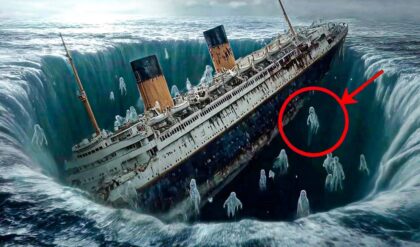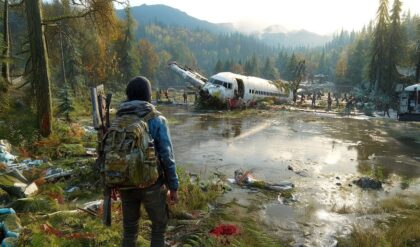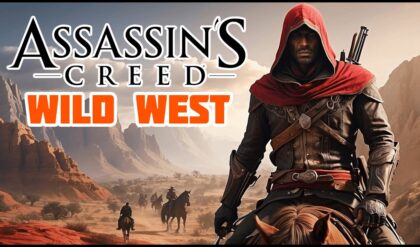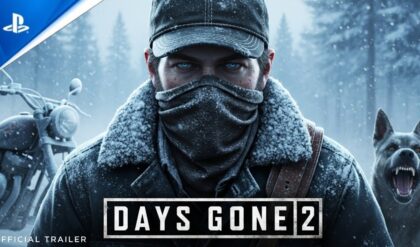Elden Ring Nightreign is finally out and its a big hit. But did you know the decisions that went into making the game? One might surprise you.

The early ideas for Elden Ring Nightreign looked much different than what we got in the end. FromSoft’s latest title has hit the shelves and is finding a lot of success, and has its share of criticism, too. While it may have a lot of similarities to Elden Ring, there are some cool new ones too.
But did you know that the Shifting Earth feature wasn’t initially a part of the original plan? In fact, as director Junya Ishizaki revealed in a recent interview, Nightreign initially aimed for a far more traditional map structure. The result of this has been a game that has a lot of potential.
Elden Ring Nightreign could’ve been way different
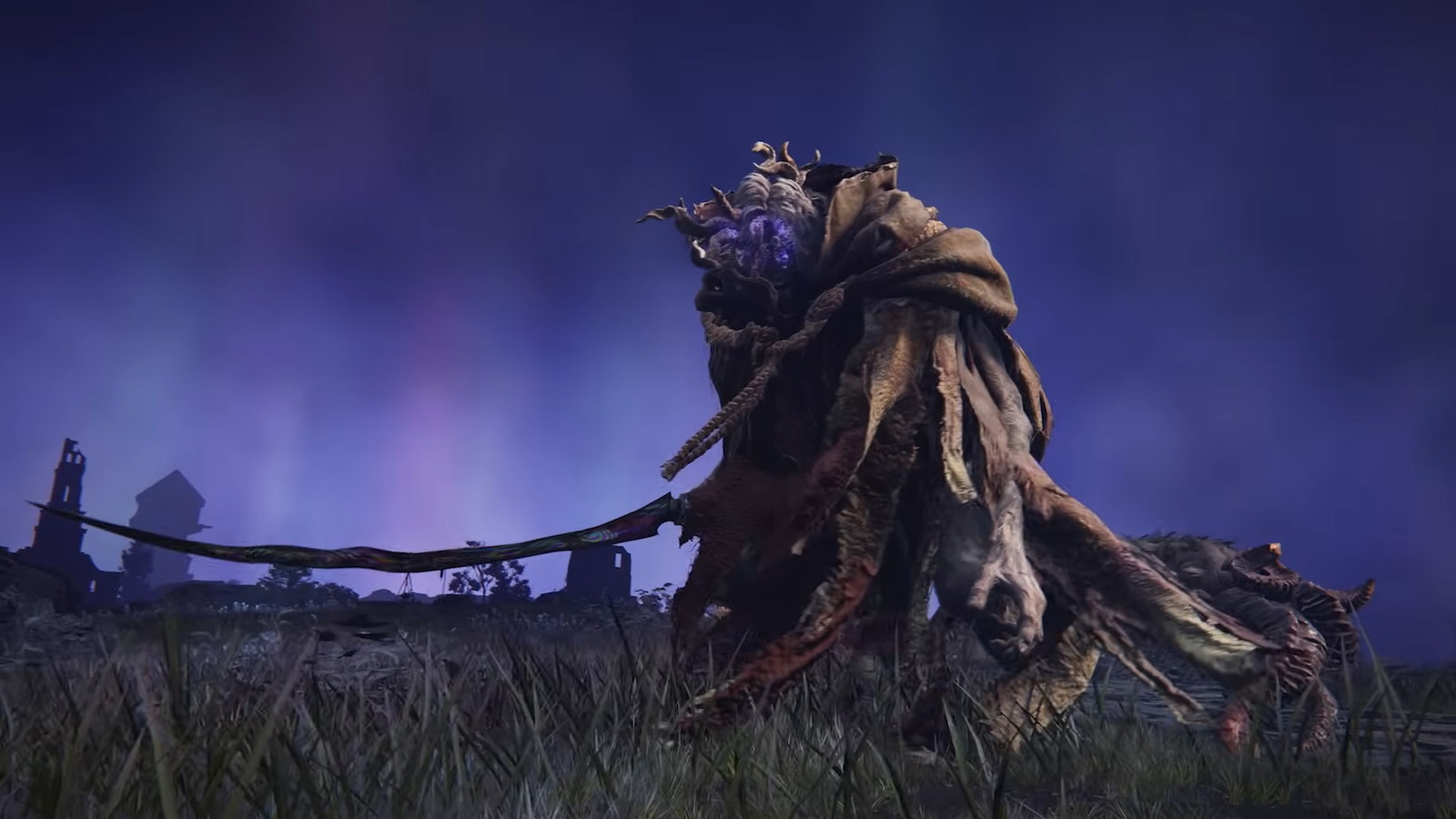
⛶
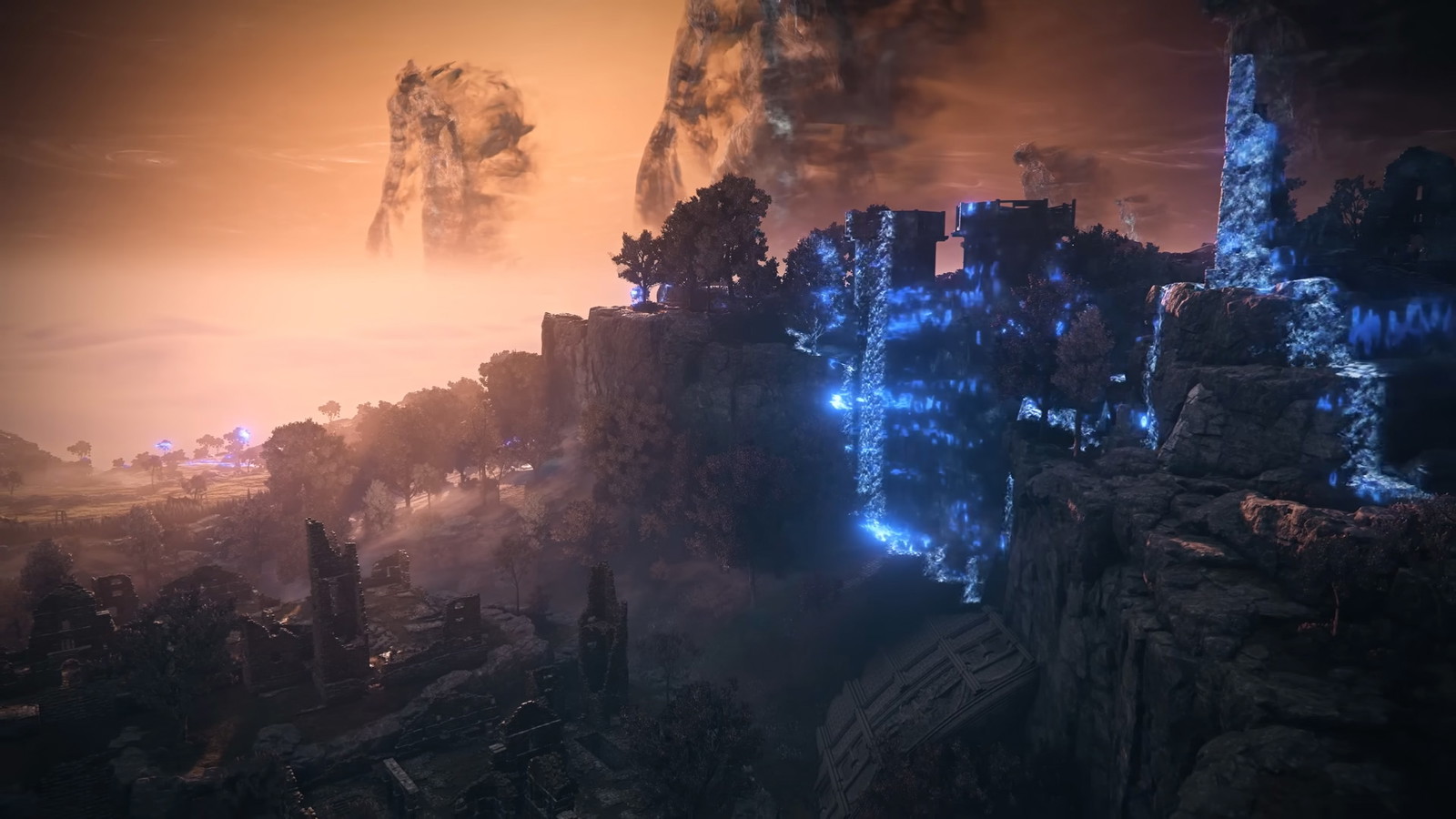
⛶
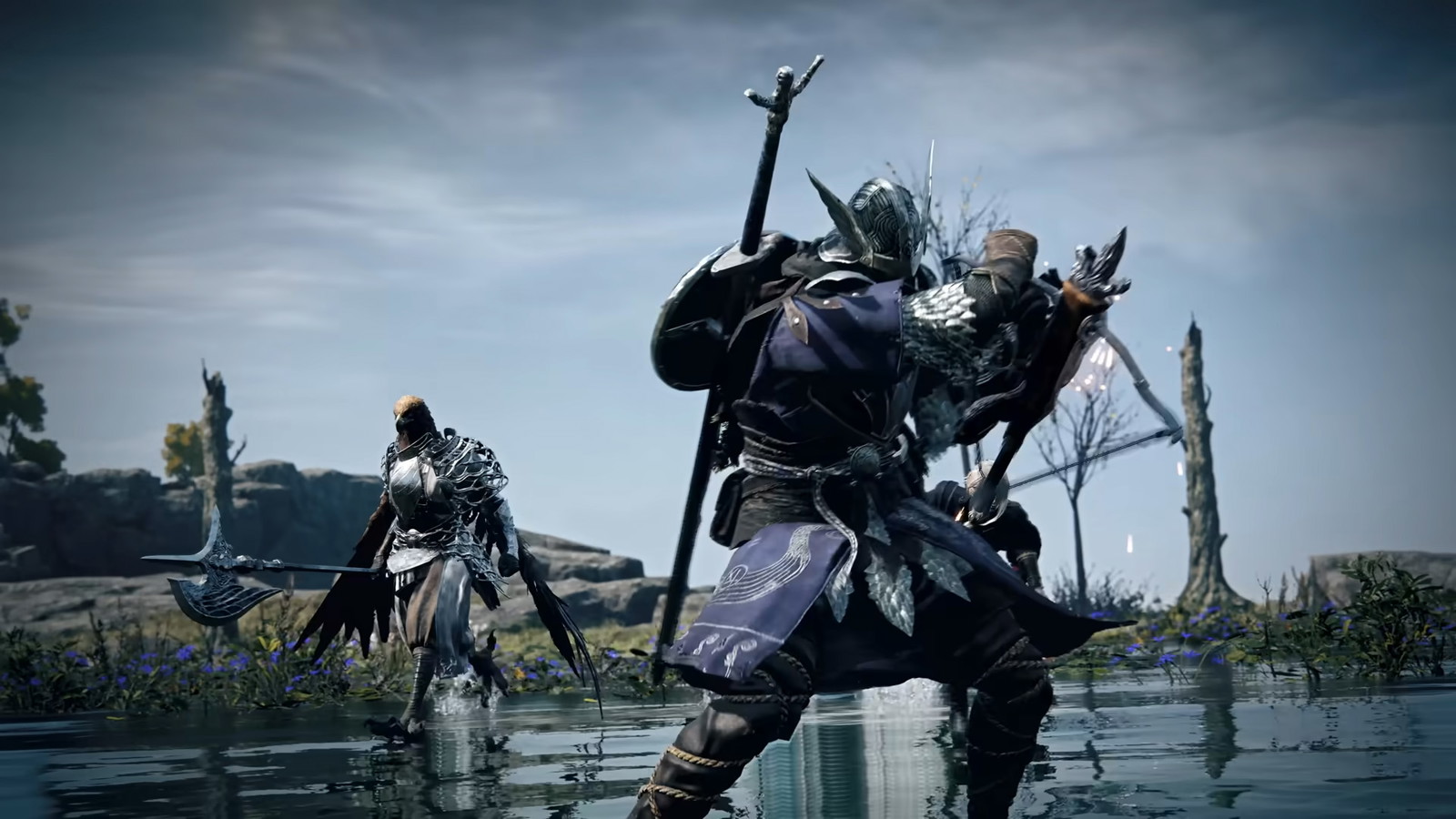
⛶

⛶
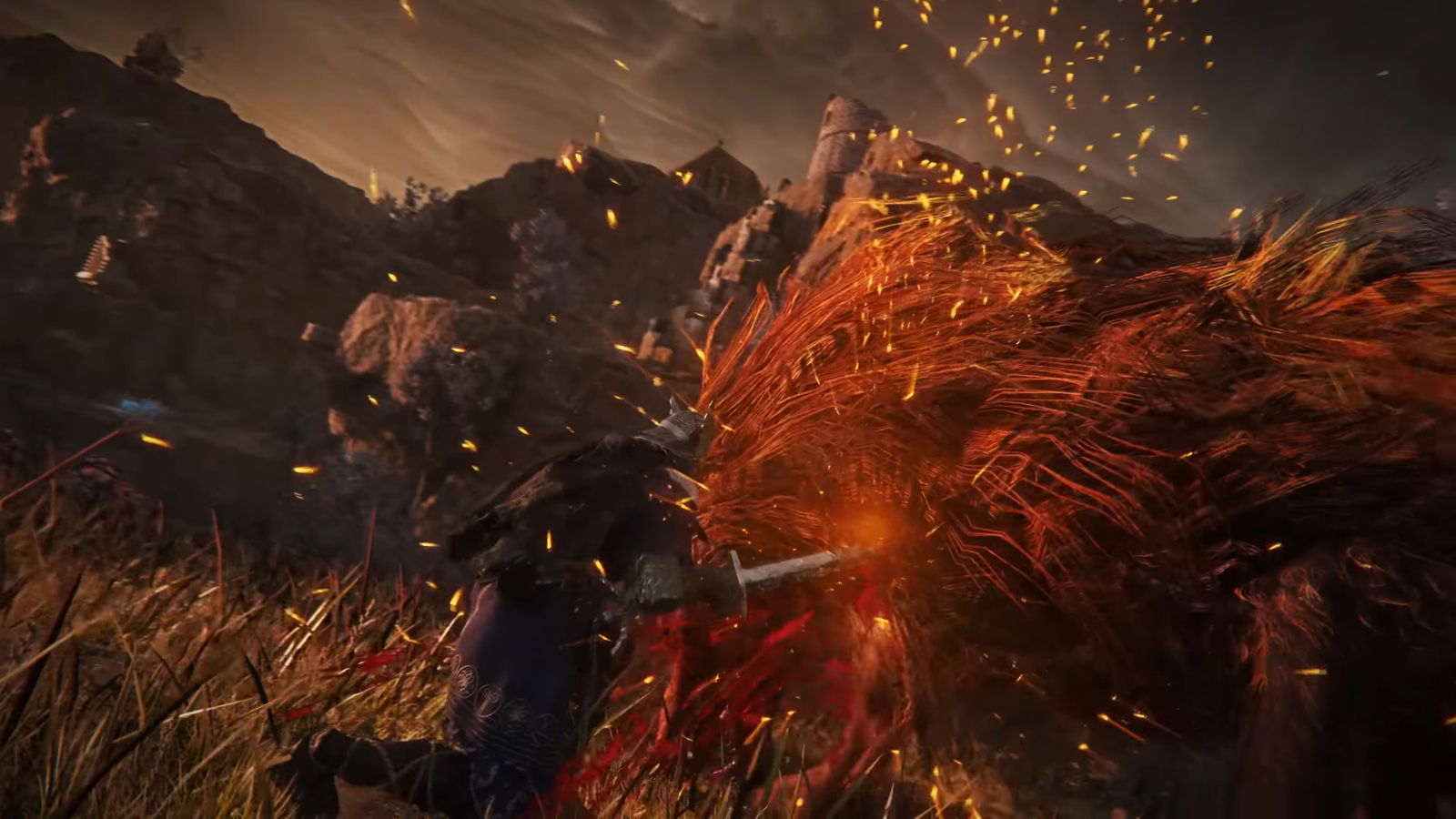
⛶





FromSoft Director Junya Ishizaki revealed in a recent interview with CNET (May 31, 2025) that early ideas of Elden Ring Nightreign had a more traditional roguelike approach. The original design would’ve had more static, self-contained levels. Each Nightlord was supposed to have its own map/area to make things simple for players.
At one point, there was the idea to have different maps — specific set maps for when you play each session. At one point, we had the idea to try to collapse this into a single map, and instead have these different layers and transformative changes that occur during that session.
But this didn’t end up happening, and the pivot led to the Shifting Earth events, a system that changes big parts of the world every time you start a run in Nightreign. After defeating the first Nightlord, the Limveld map can begin to change into areas similar to Elden Ring’s most iconic regions.
Each Shifting Earth event has entirely new enemies, boss fights, and game-altering bonuses. It’s a system that wouldn’t have been possible with separate static maps, and it really emphasizes the roguelike identity that the game has. After defeating your first Nightlord, there’s a chance one of four events may activate in your next runs.
Currently, there are four Shifting Earth events that you can find. They are The Crater, The Mountaintop, The Rotted Woods, and Noklateo, the Shrouded City. Each transforms a quarter of the map and comes with new content.
FromSoft really let the devs try out whatever they want
 The studio has decided to make smaller projects. | Image Credit: FromSoftware
The studio has decided to make smaller projects. | Image Credit: FromSoftware
Nightreign isn’t just another Soulslike game, it’s a co-op roguelike where you find replayability and unpredictability. Ishizaki also talks about this during his interview. He explains how this single-map system allowed the team to add transformative terrain layers that make each run we play different. Rather than preparing for something we know is coming, it can add a layer of surprise.
So instead of designing four separate maps, they created one that could feel like four, depending on the player’s progress and choices. But this design also comes at a price. Because let’s say you found an area that you really want to explore, or a boss you want to fight. If you die early for any reason, your entire run feels wasted, and you’ll have to start over.
But the design works. Whether it’s because Nightreign has the FromSoft stamp or any of its singular features, the game has found success. It’s the studio’s biggest game launch in terms of concurrent player count, despite the mixed reviews on Steam. We’re already getting a new balance patch this week. Stay tuned!

